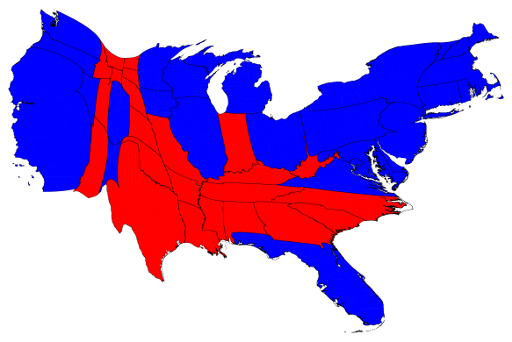How Young Dick Grayson?
Young Dick Grayson fine. How you?
In 1976 Michael L. Fleisher wrote in the Batman volume of The Encyclopedia of Comic Book Heroes:
It is not possible to establish Dick Grayson’s age with any real precision. There were fourteen candles on his birthday cake in April-May 1942, indicating that he turned fourteen during this period, or, if one of these candles was only a “good luck” candle, thirteen. On this same occasion, curiously enough, Bruce Wayne ceremoniously spanks his young ward eight times, plus “one for good measure” and another “to grow on,” but it seems absurd to suggest that Grayson was only eight years old at this time.The two data points Fleisher cited appear not only in the same story, “The Isle That Time Forgot,” but on the same page of Batman, #10. Clearly DC Comics creators and editors weren’t concerned about providing consistent information. They probably preferred ambiguity, letting readers imagine that Robin was whatever age they chose.
 Fleisher went on to state: “The chronicles, at any rate, treat Grayson as a student of high school age until December 1969, at which time, having apparently attained college age, he departs Gotham City to attend his first year of classes at Hudson University.” The comics weren’t explicit about Dick being in high school until the late 1940s, though. That offers some possibility of the character aging after his initial appearance, but Dick remained a teenager for at least thirty years.
Fleisher went on to state: “The chronicles, at any rate, treat Grayson as a student of high school age until December 1969, at which time, having apparently attained college age, he departs Gotham City to attend his first year of classes at Hudson University.” The comics weren’t explicit about Dick being in high school until the late 1940s, though. That offers some possibility of the character aging after his initial appearance, but Dick remained a teenager for at least thirty years. In New Teen Titans, #39 (1984), Marv Wolfman and George Pérez showed Dick talking about having been Robin since age eight. It’s even possible that Wolfman picked up that detail from Fleisher’s reference book. Devin Grayson followed Wolfman’s lead in Gotham Knights and the prose novel Inheritance. But most writers of the period didn’t see a need to specify that detail any more than stating Dick’s current age. Again, there was value in ambiguity.
Of course, there are alternate continuities as well. The Dick Grayson that Tim Sale drew for Dark Victory is even tinier than the barrel-chested boy of the early 1940s. The Tiny Titans Robin (shown at top) is evidently six or seven years old. Frank Miller pounded the phrase “Dick Grayson, age twelve,” through the first issues of All-Star Batman and Robin, the Boy Wonder. In the soon-to-resume Young Justice television cartoon, Dick started training with Batman at age nine. And in DC’s current continuity, Dick was with the Haly Circus into his mid-teens. (I don’t recall if the magazines have gotten more specific.)
But I don’t think those details matter much. The web records many attempts to fit the events of the new DC continuity and its predecessors into solid timelines; while I admire the ingenuity and diligence of their makers, I think they’re exercises in futility. With all respect to Wolfman’s specific detail, exact ages don’t matter so much as life stages and symbolism. Realistic aging is an unrealistic expectation for an unrealistic genre.



































